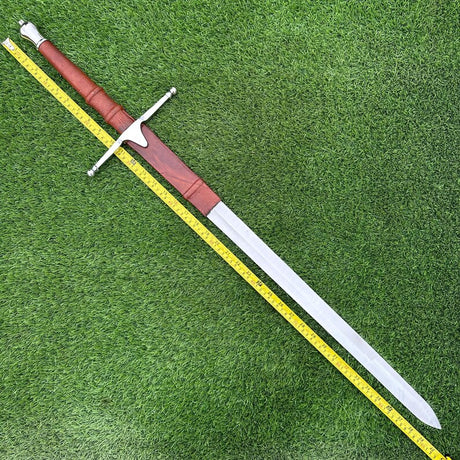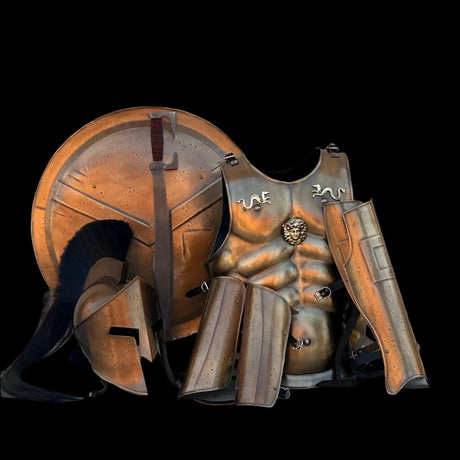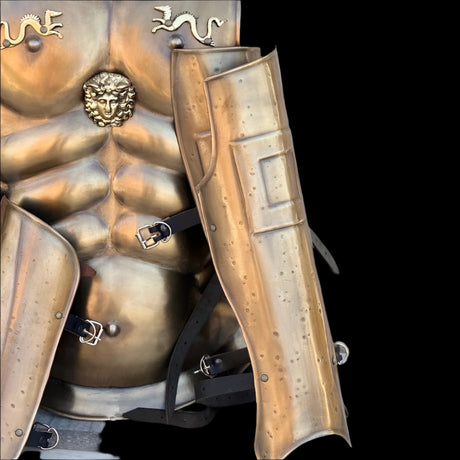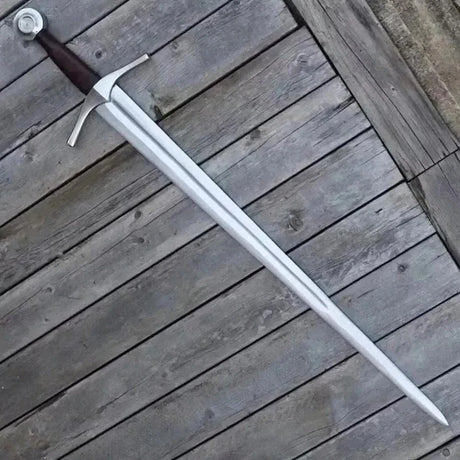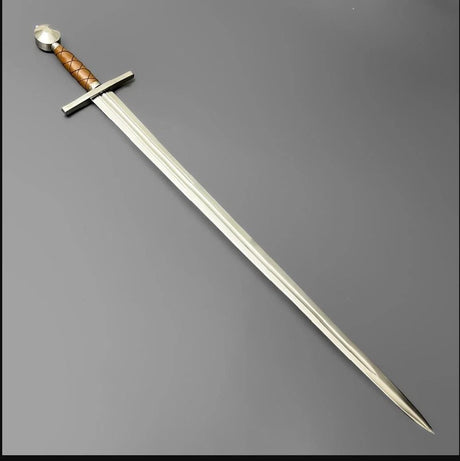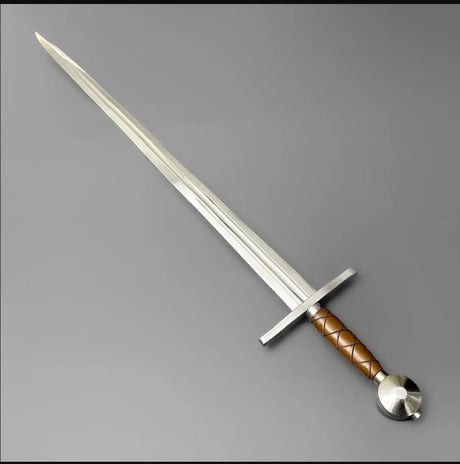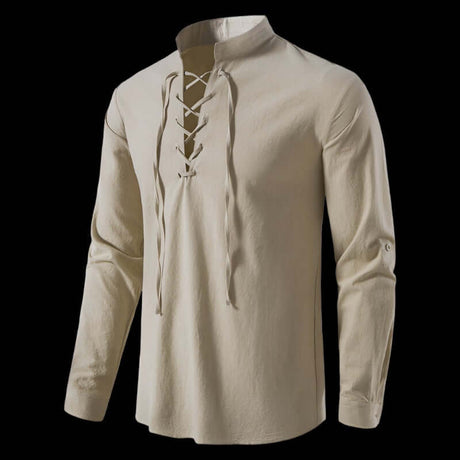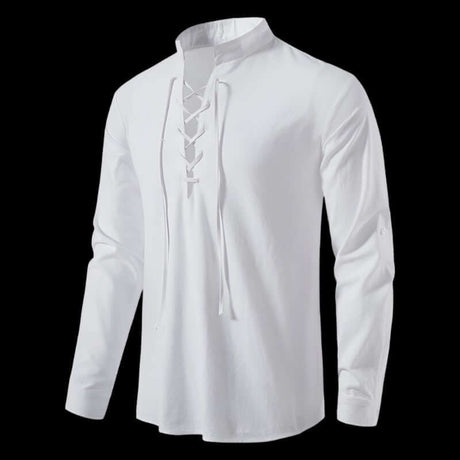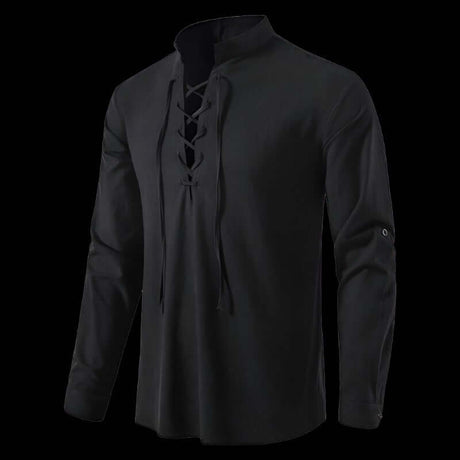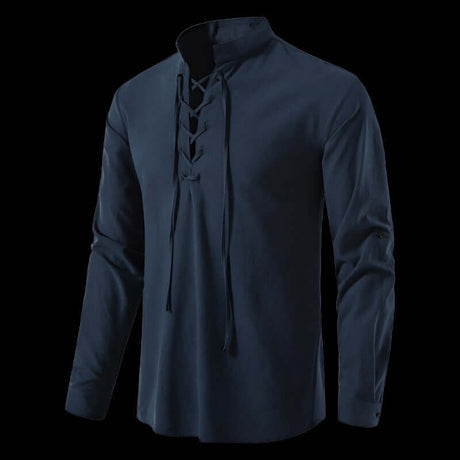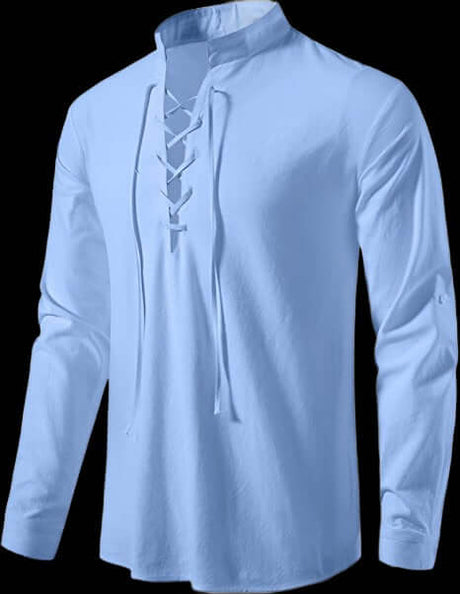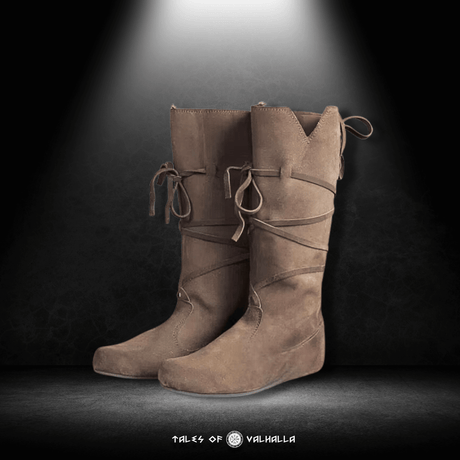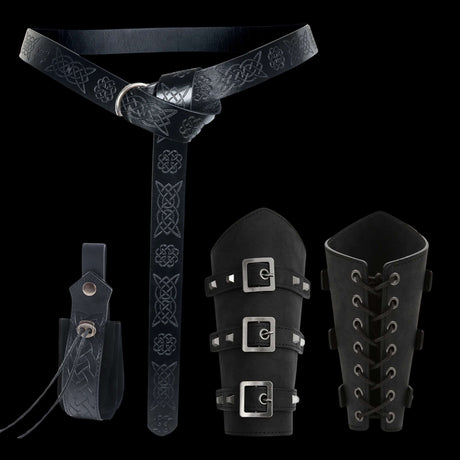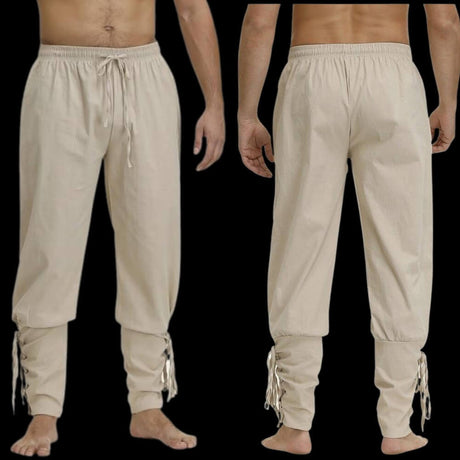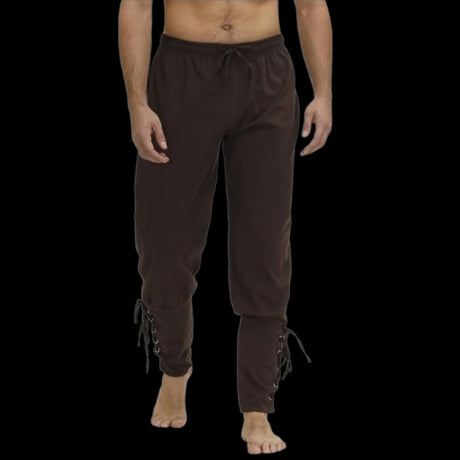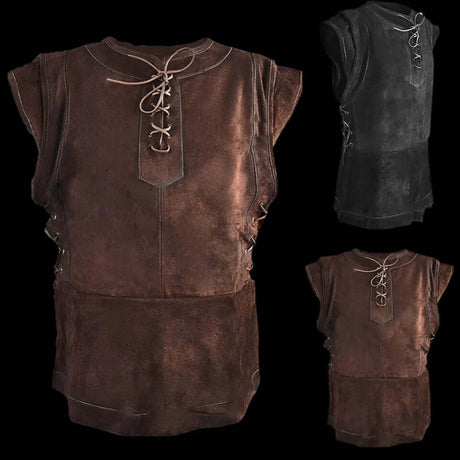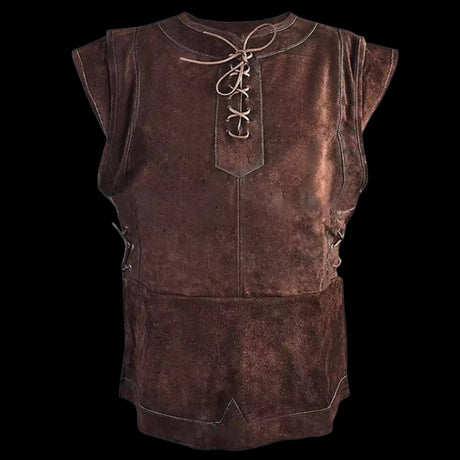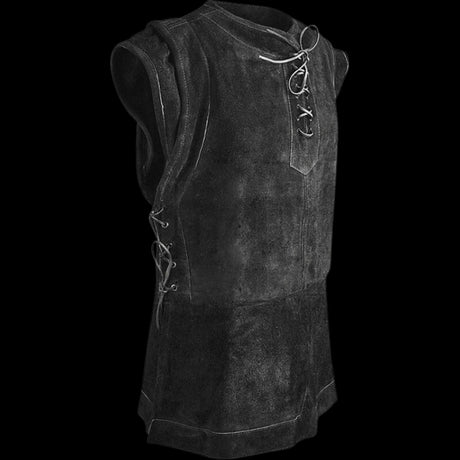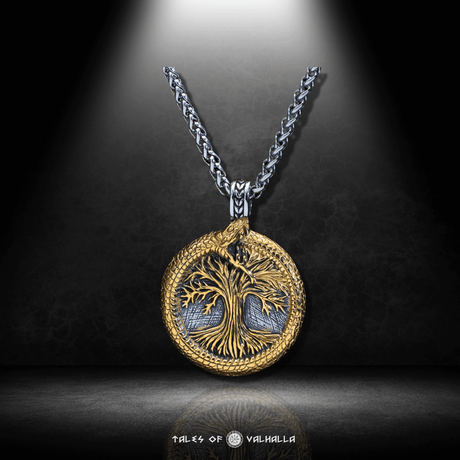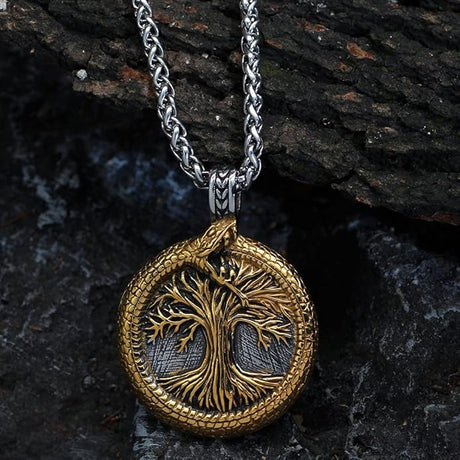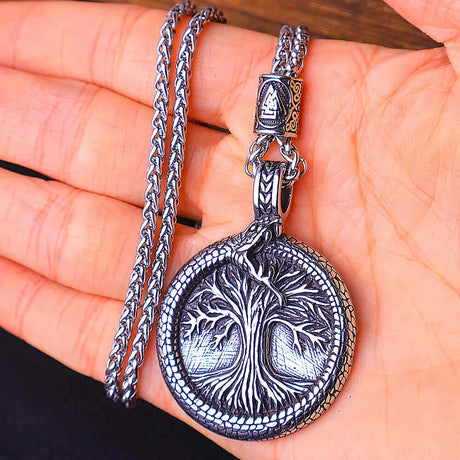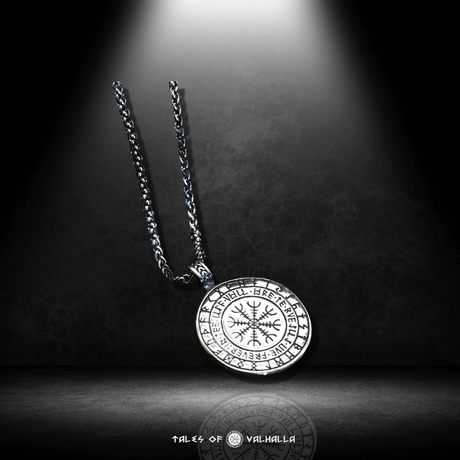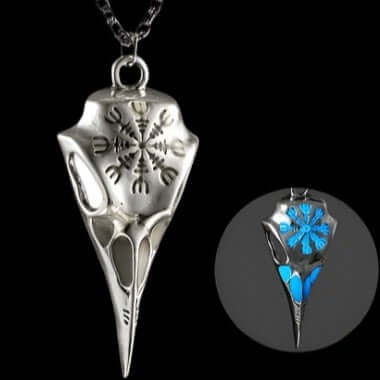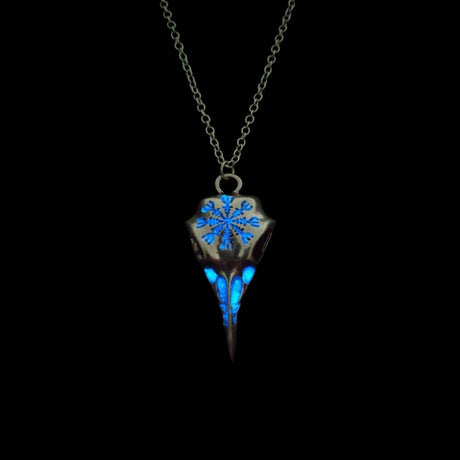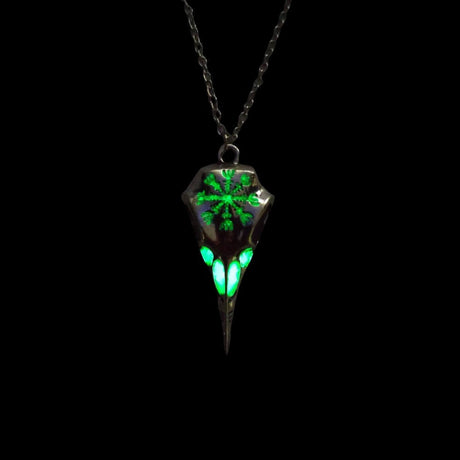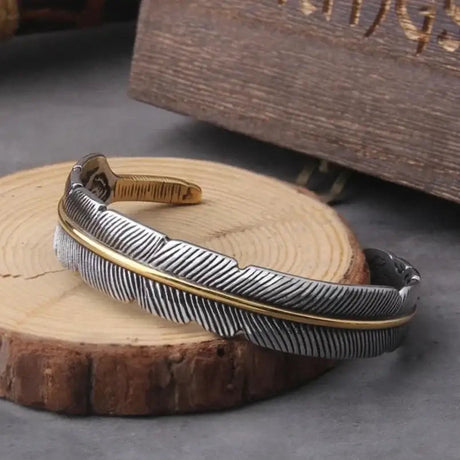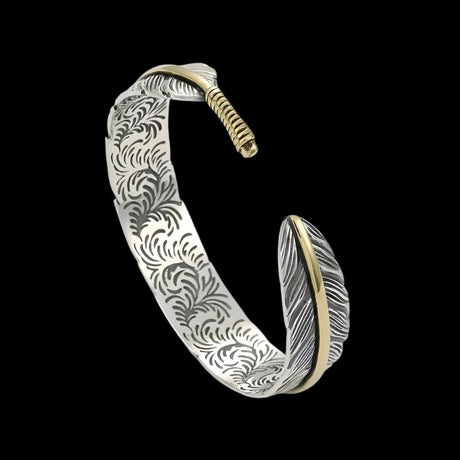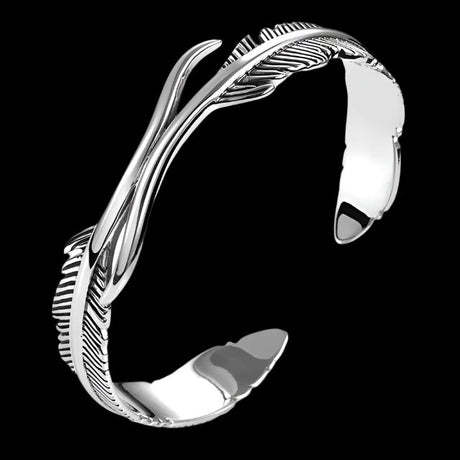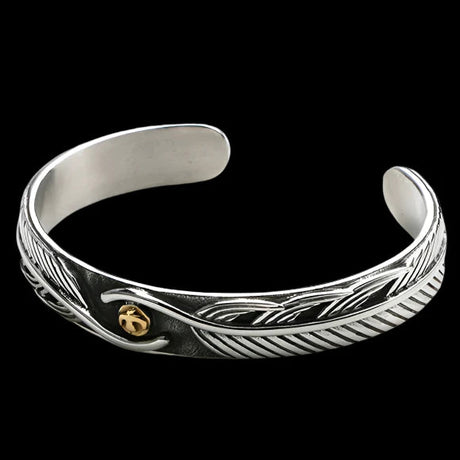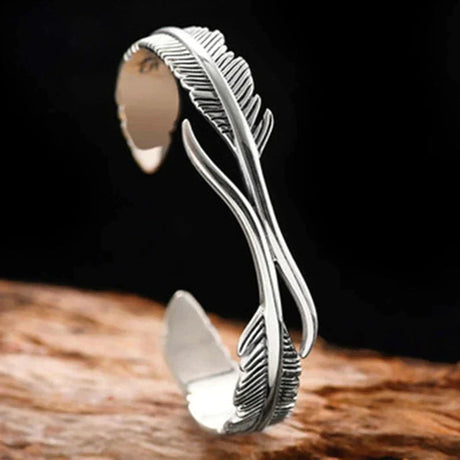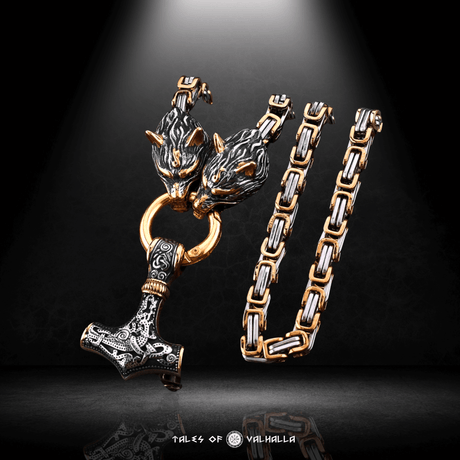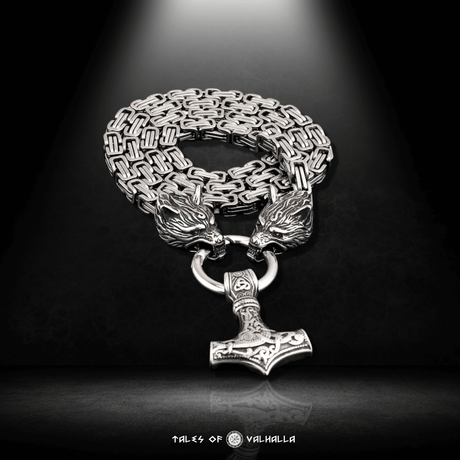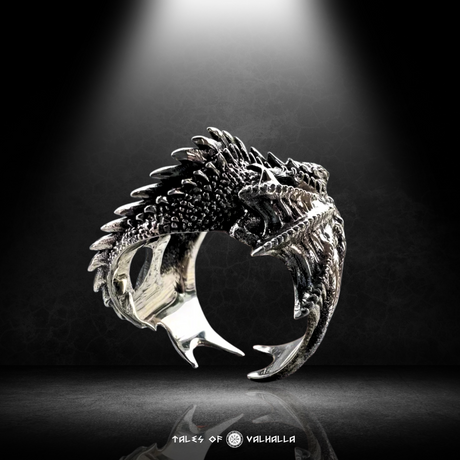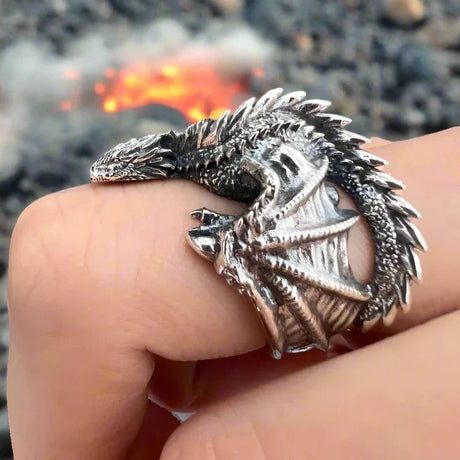The image of the Viking warrior is one of raw power, incredible endurance, and a formidable physical presence. We see them in movies and on television, rowing for days, fighting fierce battles, and exploring the known world. This raises a compelling question: what fuel did this incredible engine run on? What was the Viking diet that allowed these Norsemen to not only survive the harsh northern climates but to conquer vast territories and leave an indelible mark on history?
Forget the pop culture image of Vikings exclusively feasting on giant turkey legs and swilling mead from horns. The historical reality of the Viking diet is a fascinating story of resourcefulness, adaptation, and a deep understanding of the natural world. It was a diet forged by land and sea, shaped by the changing seasons, and mastered through clever preservation. This guide will take you into the longhouse kitchen and onto the shores of the fjords to uncover what these legendary people really ate, separating archaeological fact from romanticized fiction about the Viking diet.
Beyond the Longhouse Feast: The Reality of the Everyday Viking Diet
While great feasts were a significant part of Viking culture, the daily meals for the average Norse family were far more humble, practical, and surprisingly balanced. The foundation of the Viking diet was not exotic plunder, but what could be sustainably farmed, foraged, hunted, or fished from their local environment.
Not Just Meat and Mead: A Seasonal and Varied Plate
The first myth to debunk is that the Viking diet was exclusively carnivorous. While meat and fish were crucial, their diet was varied and heavily dependent on what the season provided. A Viking in the summer, with access to fresh greens and berries, ate very differently than they did in the depths of winter, relying on preserved foods. This seasonal rhythm was the heartbeat of their culinary world.

Not Just Meat and Mead: A Seasonal and Varied Plate
The Foundation of Sustenance: What They Grew and Raised
Most Vikings were, first and foremost, farmers. The bóndi, or free farmer, was the backbone of Norse society, and their farmstead was the primary source of food.
- Grains and Bread: The most important grain was barley, a hardy crop that could withstand the short growing seasons of the North. It was used to make a dense, dark, unleavened flatbread, likely cooked on hot stones or a griddle over the fire. Barley was also the primary ingredient for porridge (grøt), a staple breakfast that provided slow-release energy for a long day of labor. Oats and rye were also cultivated.
- Vegetables from the Garden: Every farmstead would have had a kitchen garden (kálgarðr). Here, Viking women would cultivate a range of hardy vegetables. Archaeological analysis of Viking cesspits and settlements has revealed seeds from cabbage, onions, garlic, leeks, turnips, peas, and beans. These were often used to create a hearty stew called skause, a one-pot meal that was likely a cornerstone of the everyday Viking diet.
- Dairy – The "White Foods": Livestock was essential. Cows, goats, and sheep provided a steady supply of milk. This milk was consumed fresh but was more importantly processed into storable products like butter, cheese (of a simple, fresh variety), and skyr—a thick, tangy, high-protein yogurt-like food that is still a staple in Iceland today. These dairy products were a crucial source of fat and protein.
The Bounty of the Wild: Foraging and Hunting
The Viking diet was heavily supplemented by what the wild lands and forests had to offer.
- Foraging: In the summer and autumn, foraging was a vital activity. Vikings gathered a wide variety of wild berries (lingonberries, bilberries, cloudberries), apples, plums, and nuts like hazelnuts. Wild greens, herbs like dill and parsley, and even seaweed were part of their culinary repertoire.
- Hunting: While domestic animals were the primary source of meat, hunting provided a welcome addition. Vikings hunted deer, elk, reindeer, and wild boar. They also hunted smaller game like hares and fowl such as grouse and ducks.
Story Vignette 1: A Day's Meal at the Fjord-Stead
Ingrid, the húsfreyja (mistress of the household), surveys her larder as the morning light streams into the longhouse. The day's first meal is already simmering: a thick barley porridge sweetened with a handful of last autumn's dried apples and a dollop of honey. For the midday meal, her sons, who have been out fishing since dawn, bring in a fine catch of cod. This will be stewed with onions and turnips from her garden. In the evening, they will eat flatbread with cheese and a side of pickled cabbage. Meat is for the weekend feast, when they will roast a leg of lamb from their own flock. This is the reality of the Viking diet: a rhythmic cycle of what the land and sea provide, managed with skill and foresight.
From the Sea: The Silver Harvest of the Vikings
For a people defined by their connection to the water, it’s no surprise that the sea was a primary source of sustenance. The fishing and hunting of marine life was a critical component of the Viking diet.
A Lifeline of Protein
The seas, rivers, and fjords of Scandinavia were teeming with life, providing a reliable and abundant source of protein.
- Common Catches: Herring and cod were the undisputed champions of the Viking seafood menu. They were caught in massive numbers. Herring, in particular, could be easily salted and packed in barrels, making it a perfect food for long sea voyages. Salmon and trout were also prized, caught in rivers and fjards.
- Shellfish: In coastal areas, shellfish like mussels, oysters, and cockles were easily gathered and added variety to their meals.
- Whales and Seals: Vikings were also skilled hunters of marine mammals. A whale hunt was a dangerous but incredibly rewarding endeavor, providing enormous quantities of meat, blubber (for oil), and bone. Seals were also hunted for their meat, fat, and skins. This marine abundance was a key reason the Viking diet was often more protein-rich than that of their inland European counterparts.
Masters of Preservation: Eating Through the Long, Dark Winter
The biggest challenge for the Viking diet was surviving the long, harsh Scandinavian winters when fresh food was scarce. Their mastery of food preservation was not just a skill; it was a matter of life and death.
The Necessity of a Full Larder
From the end of the harvest in autumn until the first shoots of spring, Vikings relied almost entirely on preserved foods. Every successful hunt, catch, and harvest was viewed through the lens of long-term storage.
Key Preservation Techniques
- Drying (Skreið): This was one of the simplest and most effective methods, especially for fish like cod. The fish was gutted, often beheaded, and hung on large wooden racks to dry in the cold, dry air. The resulting "stockfish" was hard as a board but, when rehydrated, provided a vital source of protein throughout the winter.
- Salting: Salt was a valuable commodity, and salting was a primary method for preserving both meat and fish. Food was packed in barrels with layers of salt, which drew out moisture and prevented bacterial growth.
- Smoking: Meat and fish were often smoked over a fire of alder or other hardwoods. This not only preserved the food but also imparted a rich, savory flavor that was highly prized.
- Fermenting: Fermentation was used for a variety of foods. Fish was sometimes fermented in brine, a precursor to modern Scandinavian delicacies like rakfisk. Dairy was fermented to create skyr and other yogurt-like products that could last much longer than fresh milk.
- Pickling: Vegetables, particularly cabbage, could be pickled in brine or whey to preserve them for the winter months.
- Root Cellars: Root vegetables like turnips and carrots, along with apples, could be stored in cool, dark root cellars to last through the winter.
Story Vignette 2: Preparing for the Voyage
Leif the Navigator watched as his crew loaded the provisions onto the longship, the Sea-Serpent. Their voyage west would take weeks, perhaps months. Survival depended on the food packed in the barrels lining the ship's hold. There were no fresh vegetables or roasted meats here. This was the practical, unromantic face of the Viking diet at sea. Barrels of hard, wind-dried stockfish. Casks of heavily salted herring. Bags of hardtack—a simple, dry flatbread made from barley flour. Sacks of dried peas and apples. Water and ale in skin bags. This was the fuel of exploration, a diet designed for endurance, a testament to their mastery of preservation.
The Viking Feast: A Display of Wealth and Hospitality
While the everyday Viking diet was practical and often plain, the feast was another matter entirely. Feasts were important social, political, and religious events where a Jarl or King could display their wealth and generosity.

The Viking Feast: A Display of Wealth and Hospitality
- A Bountiful Table: A feast would feature an abundance of roasted meats—pork was a particular favorite—spit-roasted over the long fire. Large cauldrons would bubble with rich stews, perhaps seasoned with rare, imported spices like pepper or cumin. Fresh bread, butter, and fine cheeses would be plentiful.
- The Flowing Drinks: This was the time for the best ale and, for the wealthy, mead (a fermented honey drink). Imported wine from Francia might even make an appearance.
- A Social Occasion: The feast was a time for storytelling, poetry, making oaths, and forging alliances. The quality and quantity of the food and drink served was a direct reflection of the host's power and status. The difference between the feast and the everyday Viking diet was stark and intentional.
What the Science Says: Archaeological Evidence for The Viking Diet
Our understanding of the Viking diet is not just based on sagas; it's backed by hard science. Archaeologists have used various methods to reconstruct what the Norse really ate.
- Middens (Garbage Pits): The analysis of ancient garbage dumps is a treasure trove of information. Discarded animal bones, fish bones, and oyster and mussel shells tell us exactly what was being eaten and in what quantities.
- Paleofeces and Bog Bodies: In rare cases, preserved human waste (coprolites) or the stomach contents of "bog bodies" (bodies preserved in peat bogs) can provide direct, undigested evidence of a person's last meal. One famous study of a Viking latrine in York revealed a diet of bread, cereals, and meat, but also the presence of numerous intestinal parasites.
- Isotopic Analysis: This advanced technique analyzes the chemical isotopes (like carbon and nitrogen) in human bones. By examining these isotopic signatures, scientists can determine the long-term balance of a person's diet, such as the ratio of marine protein (fish) versus terrestrial protein (meat and dairy). This has confirmed the immense importance of seafood in the Viking diet, especially for coastal populations.
Table: The Core Components of The Viking Diet
| Food Category | Specific Examples | Common Preservation Methods | Role & Importance in the Diet |
| From the Sea | Cod, Herring, Salmon, Trout, Mussels, Oysters, Whale, Seal | Drying (Stockfish), Salting, Smoking, Fermenting | Primary Protein Source. Essential for daily sustenance and for long voyages. A cornerstone of the entire diet. |
| From the Herd | Pork, Beef, Mutton (Sheep), Goat | Salting, Smoking, Drying | Secondary Protein Source. Important, especially for feasts. Provided meat, milk, wool, and hides. |
| From the Hunt | Deer, Elk, Reindeer, Wild Boar, Hares, Fowl | Smoking, Drying | Supplemental Protein. Added variety to the diet and was a sign of a successful hunter. |
| From the Field | Barley, Rye, Oats | Stored as grain, ground into flour | Primary Carbohydrate Source. Used for staple foods like porridge and flatbread, as well as for brewing ale. |
| From the Garden | Cabbage, Onions, Leeks, Peas, Beans, Turnips | Stored in root cellars, Pickling | Vitamins & Fiber. Key ingredients for stews (skause), providing essential nutrients. |
| From the Wild | Lingonberries, Bilberries, Apples, Hazelnuts, Wild Greens | Drying, Storing in honey/water | Vitamins & Flavor. Added sweetness, tartness, and nutritional variety to an otherwise plain diet. |
| Dairy | Milk, Butter, Cheese, Skyr | Fermenting (Skyr), Salting (Butter/Cheese) | Key Source of Fat & Protein. Crucial for nutrition, especially in a cold climate. Storable dairy was vital. |
| Drinks | Water, Ale, Mead, Milk | Fermenting (Ale/Mead) | Hydration, calories, social/ritual importance. Ale was the everyday drink. |
The Modern "Viking Diet": Fad or Functional?
In recent years, the term "the Viking diet" has been co-opted by the modern health and wellness community in the United States, often used to describe a specific eating plan.
What Modern Diets Get Right
Many modern "Viking" or "Nordic" diets correctly emphasize principles that were indeed part of the historical Viking diet:
- A focus on whole, unprocessed foods.
- High consumption of fatty fish like salmon and herring (rich in omega-3s).
- Inclusion of root vegetables, cabbage, and berries.
- Use of fermented dairy products like skyr or kefir.
What They Often Get Wrong
However, these modern fads often misrepresent the historical reality:
- Overemphasis on Meat: Many modern versions are extremely meat-heavy, almost like a variation of the Paleo or Carnivore diet. While Vikings ate meat, their diet was not exclusively carnivorous and was heavily reliant on fish and grains.
- Ignoring the Grains: The historical Viking diet was certainly not low-carb. Barley and rye, in the form of porridge and bread, were fundamental staples that provided the bulk of their daily calories.
- Forgetting the Hardship: Modern diets adopt the types of food without acknowledging the context of scarcity, seasonal limitations, and the immense physical labor that Viking life entailed.
Can You Eat Like a Viking Today?
You can certainly incorporate the principles of the Viking diet into a healthy modern lifestyle. Focus on seasonal, locally sourced foods where possible. Eat plenty of fish, lean meats, root vegetables, and berries. Enjoy whole grains like barley and oats. This resourceful, whole-foods approach is a powerful lesson from the past.
Conclusion: The Fuel of Legends
The Viking diet was the engine that powered an entire age of exploration, trade, and conquest. It was a testament to the Norse people's incredible adaptability and their intimate knowledge of the world around them. Far from the simplistic image of mead-swilling, meat-gorging warriors, the reality was a balanced, seasonal, and resourceful way of eating that made the most of every available resource, from the smallest berry to the largest whale.
By understanding the Viking diet, we gain a deeper appreciation for their daily lives, their challenges, and the sheer ingenuity required to thrive in their environment. It was a diet that built strong bodies and resilient communities, providing the sustenance needed to sail uncharted seas and change the course of history. The principles of their diet—whole foods, natural ingredients, and a respect for the seasons—still hold profound lessons for us today.
4 FAQs About The Viking Diet
-
Q: Did Vikings really only eat meat and drink mead all day?
A: This is a popular myth. While meat and mead were certainly enjoyed, especially at feasts, the everyday Viking diet was much more balanced and resourceful. It relied heavily on fish, dairy products like skyr (a type of yogurt), grains such as barley (for porridge and flatbread), and vegetables they could grow in their gardens like cabbage and onions.
-
Q: What were the most important staple foods in the everyday Viking diet?
A: The cornerstones of the daily Viking diet were the foods that were most abundant and easiest to preserve. These included fish (especially cod and herring), grains (primarily barley and rye, often eaten as porridge or flatbread), and dairy products (like milk, cheese, butter, and skyr).
-
Q: How did Vikings get enough food to survive the long, harsh winters?
A: Vikings were masters of food preservation, which was essential for winter survival. Their key techniques included drying ( famously used to make stockfish from cod), heavy salting of both meat and fish, smoking, and fermenting dairy and other foods. This allowed them to build a substantial larder to last through the cold months.
-
Q: Is the modern 'Viking Diet' trend historically accurate?
A: It's a mix. Modern versions of The Viking Diet are right to emphasize whole foods, fatty fish, berries, and fermented dairy. However, they are often historically inaccurate by over-emphasizing meat and completely ignoring that grains (like barley porridge and bread) were a fundamental, carbohydrate-rich staple of the actual diet. The historical Viking diet was not a low-carb diet.











